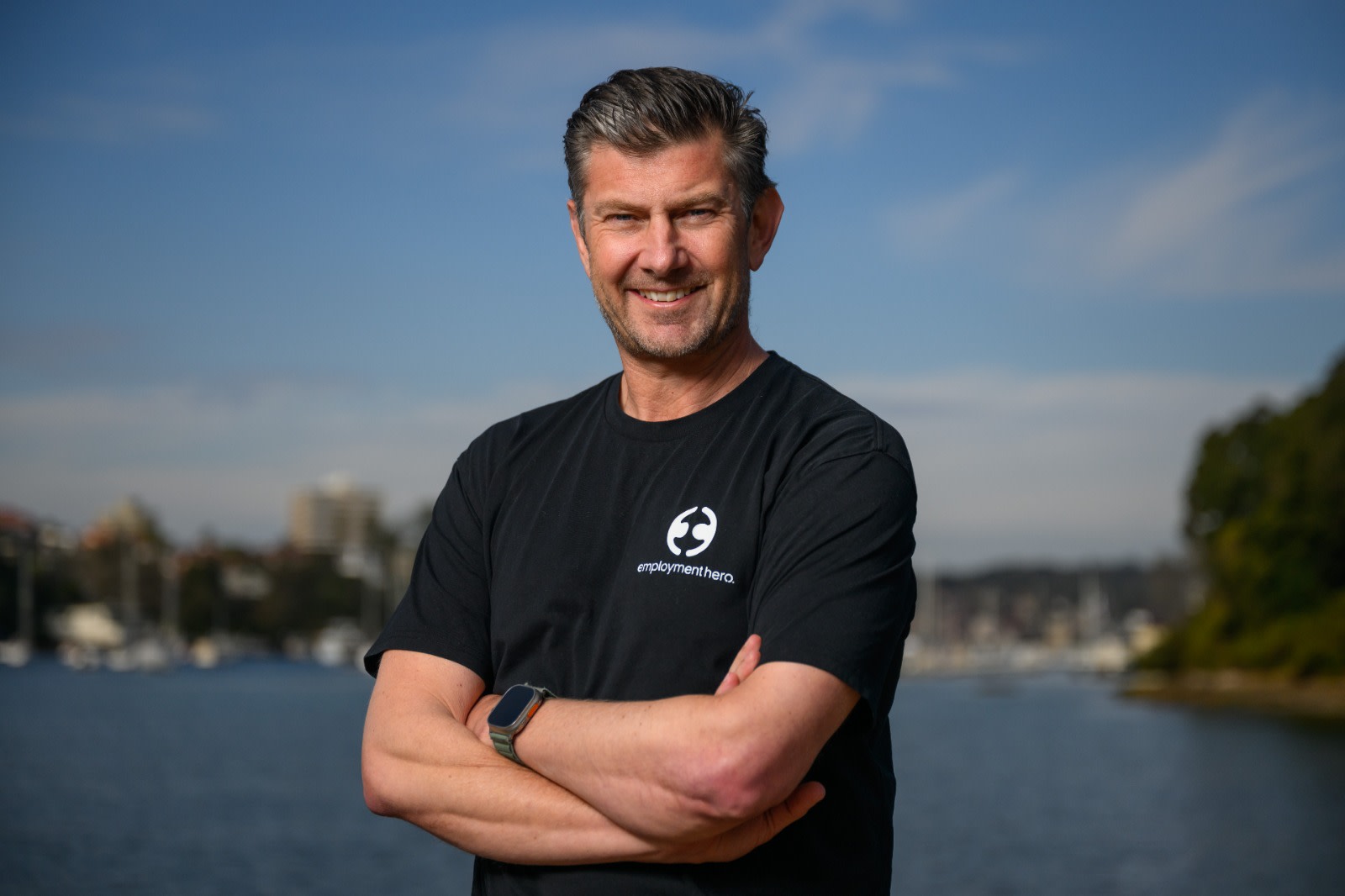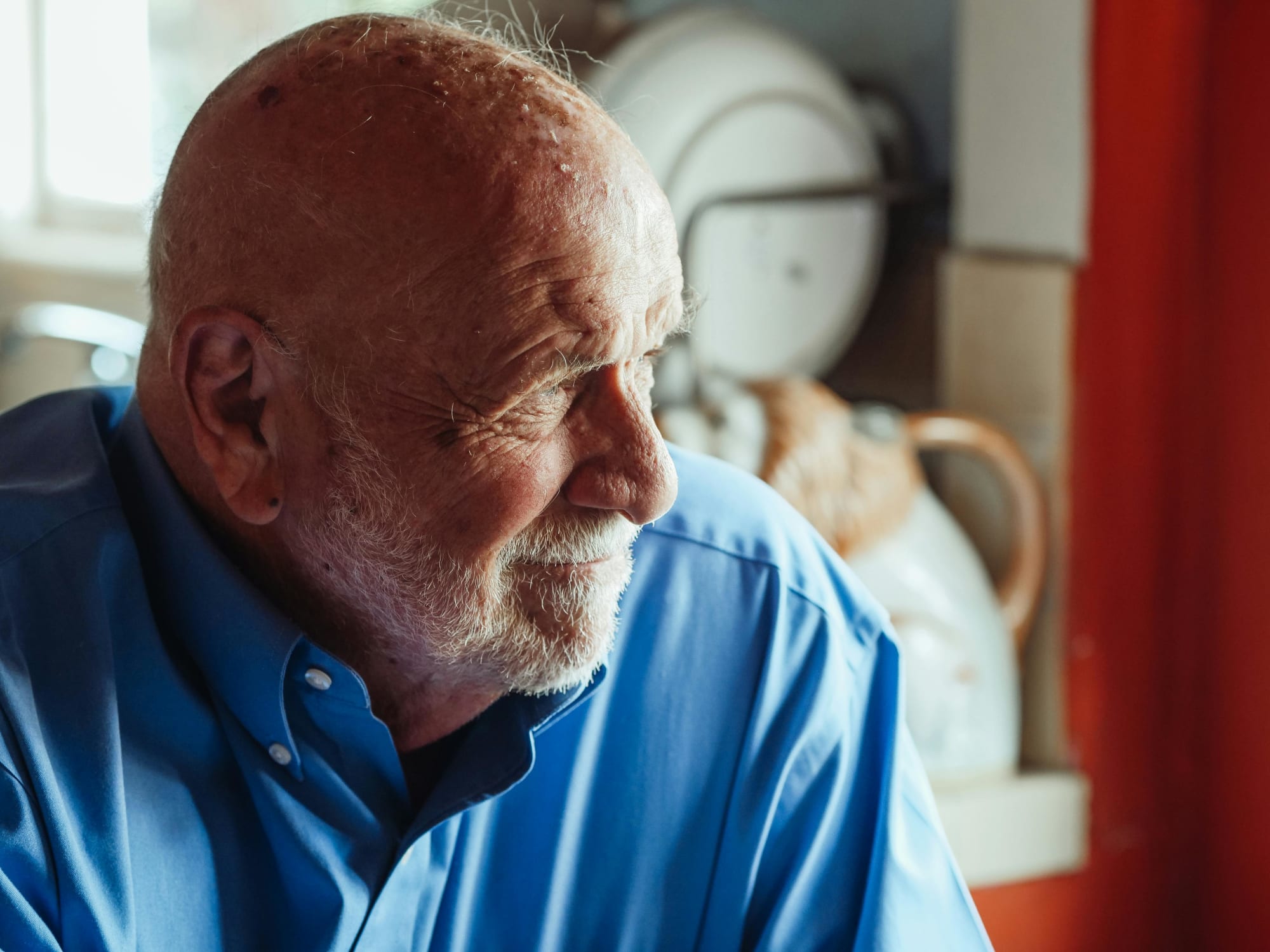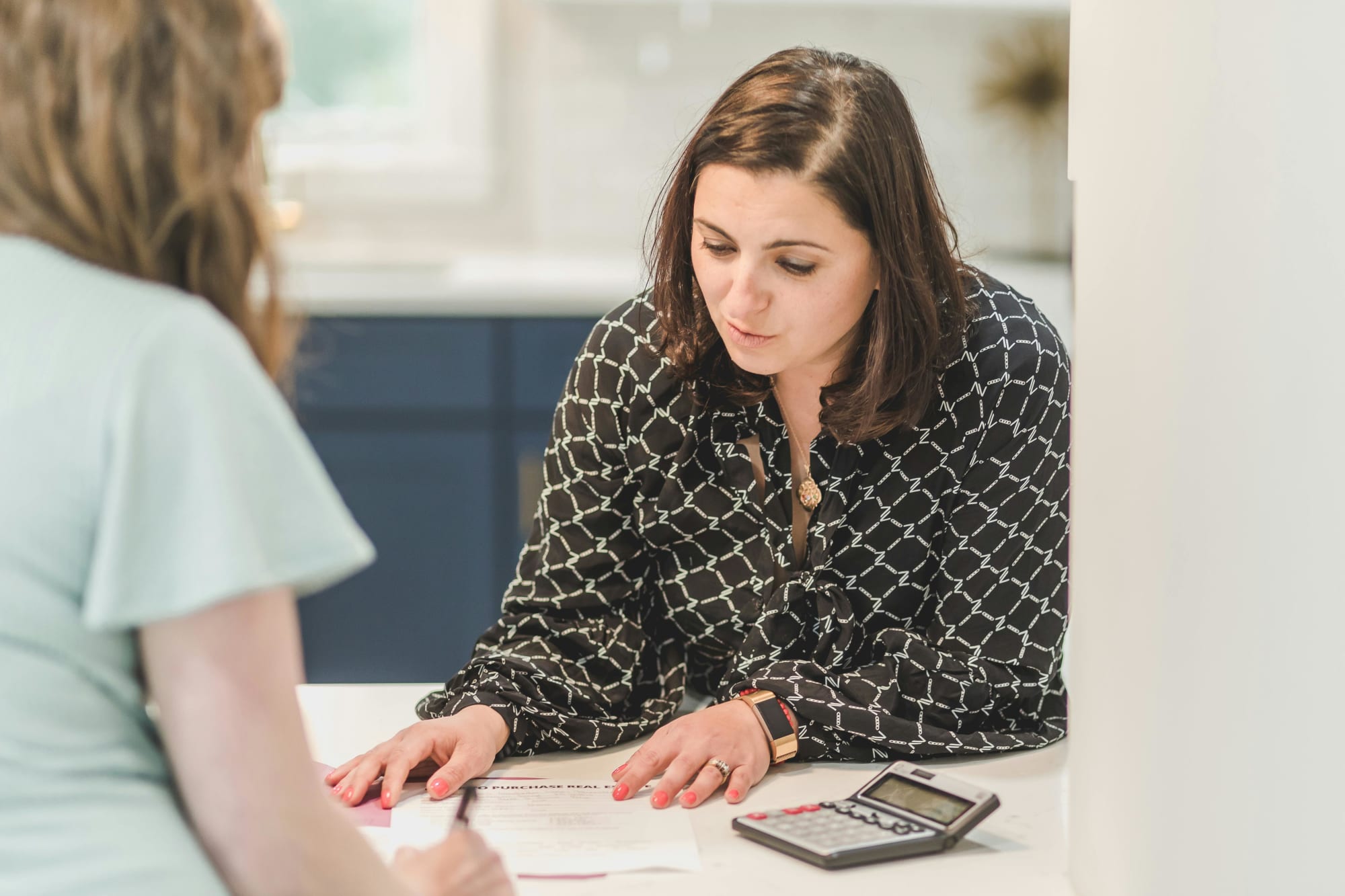Retirement
Five steps to wealth creation
The average Aussie puts away less than $3,000 a year, which means that just saving cash "won't make you wealthy", a financial planner has said.
Five steps to wealth creation
The average Aussie puts away less than $3,000 a year, which means that just saving cash "won't make you wealthy", a financial planner has said.

According to the Reserve Bank of Australia, the average Australian salary is $60,528 and within that, just 4.70 per cent, or $2,844, is put away each year.
Pointing to the cost of inflation on a savings sum, senior financial planner at Omniwealth, Andrew Zbik argued that “you do not create wealth by saving money”.
He noted that he has seen many Australians who are “hesitant to invest in their own financial future because it ‘costs’ them money”. With that in mind, he described five ways to create wealth outside of savings.
1. Consider using a budget tracking tool

Businesses would fail if they didn’t keep track of expenditure and income, Mr Zbik said, but “most Australian households have no discipline” when it comes to money management. That lack of discipline and awareness “is an opportunity lost”, he added.
“To be financially savvy you don’t need to be a scrooge. You just need to know where your money is being spent and have a deliberate plan to put some of your money aside to create some real wealth.”
Mr Zbik suggested clients try to put away at least 10 per cent of their take home pay which can be put towards an investment plan. He also suggested clients consider investing in a budgeting tool. Noting that the “good” ones can cost around $20 a month, he said it’s: “Money well spent in my opinion.”
2. Think about your mortgage repayment plan
The planner said that “roughly speaking”; every dollar owed to a bank is three dollars that need to be earned, once principal and interest repayment structures and income taxes are taken into account.
While he noted that he “always” recommends clients put any surplus cash towards their non-deductible home loan debts first, that doesn’t mean they can’t also invest at the same time.
He explained: “The mistake I see many people make is they think that they have to pay off their home loan first in its entirety before they can start investing. This is a wasted opportunity. You can have a strategy where you are both paying down your home loan and investing at the same time.”
3. What about borrowing money to invest in property or shares?
Mr Zbik said that if a savings account is earning 2.50 per cent, an inflation rate of 1.90 per cent on goods and services means the first 1.90 per cent of interest is “only retaining the purchasing power of your money”. That means the account is only earning 0.60 per cent after inflation.
In his opinion: “Not much.”
“After you have used your cash savings to reduce your home non-deductible home loan, you may have equity in your home that can be used to help finance a loan to buy investments such as shares and investment property. These two asset classes will provide you with an income return and capital growth that is historically higher than the return on cash. The loan repayments will also then be tax deductible.”
However, he advised any potential investors to consider their age, income, expenses and where they’re at in their working career before embarking on an investment plan.
4. Try to give extra to superannuation
Once the home loan is paid off, “it can make sense” to make more contributions to super, Mr Zbik said, noting that superannuation is “still” an attractive prospect for savings and investing for retirement.
“A couple can have up to $1.6 million each in super (Or $3.2 million combined) and pay no tax on a retirement pension that can start at around $80,000 each or $160,000 per couple,” he continued.
5. Chat to an accountant about tax variation schemes
Mr Zbik stressed that the tax refund sometimes received following tax deductions is “not a bonus”. Rather, it’s money that has been lent interest free to the Australian Tax Office (ATO).
He advised clients to speak with their accountant about tax variation schemes. Tax variation is where clients predict the income they will receive from both wages and investments, before subtracting deductible expenses like expenses associated with investment properties, investment loan repayments or work-related deductions.
Following this, the ATO will grant a variation on the amount of tax debited from the client’s pay checks. “You pay less tax now and have more money in your pocket for investing,” Mr Zbik summarised, adding that if clients’ accountants haven’t brought up tax variation before, it could be “time to seek a new accountant”.
“Ultimately, as a financial planner I help clients identify which strategies they should adopt first… seeking advice from a professional can be the best investment you may make,” he concluded.

Retirement Planning
Majority of Australians still unsure about their retirement prospects
A recent survey conducted by MFS Investment Management® has shed light on the ongoing uncertainty faced by many Australians regarding their retirement plans. Despite a slight increase in confidence ...Read more

Retirement Planning
Wage growth steadies as businesses navigate economic challenges
In a sign that the Australian labour market may be finding equilibrium, wage growth has stabilised this quarter, according to Employment Hero's latest data. This development comes as employers ...Read more

Retirement Planning
Simplified retirement advice: Key to overcoming behavioural biases, experts say
In a bid to enhance retirement outcomes for Australians, a recent whitepaper by Industry Fund Services, in collaboration with Challenger, has highlighted the importance of simplifying retirement ...Read more

Retirement Planning
Rest launches Retire Ready digital experience to empower members approaching retirement
Rest, one of Australia’s largest profit-to-member superannuation funds, has unveiled a new digital experience aimed at making retirement preparation simpler and more personalised for its members. Read more

Retirement Planning
New Framework Aims to Bridge Australia’s Financial Advice Gap
A ground-breaking framework introduced by the Actuaries Institute promises to revolutionise how Australians access financial support, potentially transforming the financial wellbeing of millionsRead more

Retirement Planning
The downsizer dividend: how Australia’s ageing shift will reshape property, finance and AI strategy
Downsizing is moving from a personal milestone to a system-level lever for Australia’s housing market. As policymakers court reforms and agents eye fresh listings, the real profit pools will accrue to ...Read more

Retirement Planning
Half of Australians financially insecure about retirement as AMP launches new initiative
In a significant move aimed at addressing the retirement concerns of Australians, AMP has unveiled the Retirement Confidence Pulse, a national barometer designed to gauge the financial confidence of ...Read more

Retirement Planning
North introduces Grow to expand Australia's financial advice footprint
In a bid to bridge the gap between the demand for financial advice and its accessibility, North, a prominent platform for superannuation and retirement in Australia, has launched an innovative ...Read more

Retirement Planning
Majority of Australians still unsure about their retirement prospects
A recent survey conducted by MFS Investment Management® has shed light on the ongoing uncertainty faced by many Australians regarding their retirement plans. Despite a slight increase in confidence ...Read more

Retirement Planning
Wage growth steadies as businesses navigate economic challenges
In a sign that the Australian labour market may be finding equilibrium, wage growth has stabilised this quarter, according to Employment Hero's latest data. This development comes as employers ...Read more

Retirement Planning
Simplified retirement advice: Key to overcoming behavioural biases, experts say
In a bid to enhance retirement outcomes for Australians, a recent whitepaper by Industry Fund Services, in collaboration with Challenger, has highlighted the importance of simplifying retirement ...Read more

Retirement Planning
Rest launches Retire Ready digital experience to empower members approaching retirement
Rest, one of Australia’s largest profit-to-member superannuation funds, has unveiled a new digital experience aimed at making retirement preparation simpler and more personalised for its members. Read more

Retirement Planning
New Framework Aims to Bridge Australia’s Financial Advice Gap
A ground-breaking framework introduced by the Actuaries Institute promises to revolutionise how Australians access financial support, potentially transforming the financial wellbeing of millionsRead more

Retirement Planning
The downsizer dividend: how Australia’s ageing shift will reshape property, finance and AI strategy
Downsizing is moving from a personal milestone to a system-level lever for Australia’s housing market. As policymakers court reforms and agents eye fresh listings, the real profit pools will accrue to ...Read more

Retirement Planning
Half of Australians financially insecure about retirement as AMP launches new initiative
In a significant move aimed at addressing the retirement concerns of Australians, AMP has unveiled the Retirement Confidence Pulse, a national barometer designed to gauge the financial confidence of ...Read more

Retirement Planning
North introduces Grow to expand Australia's financial advice footprint
In a bid to bridge the gap between the demand for financial advice and its accessibility, North, a prominent platform for superannuation and retirement in Australia, has launched an innovative ...Read more








